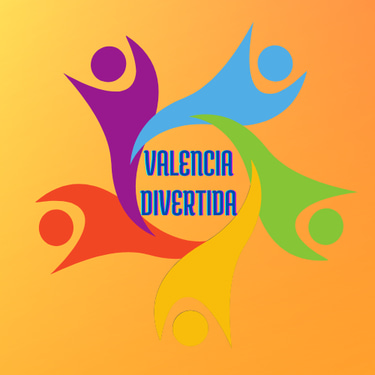Valencia Divertida: Your Guide to Leisure and Entertainment in Valencia.
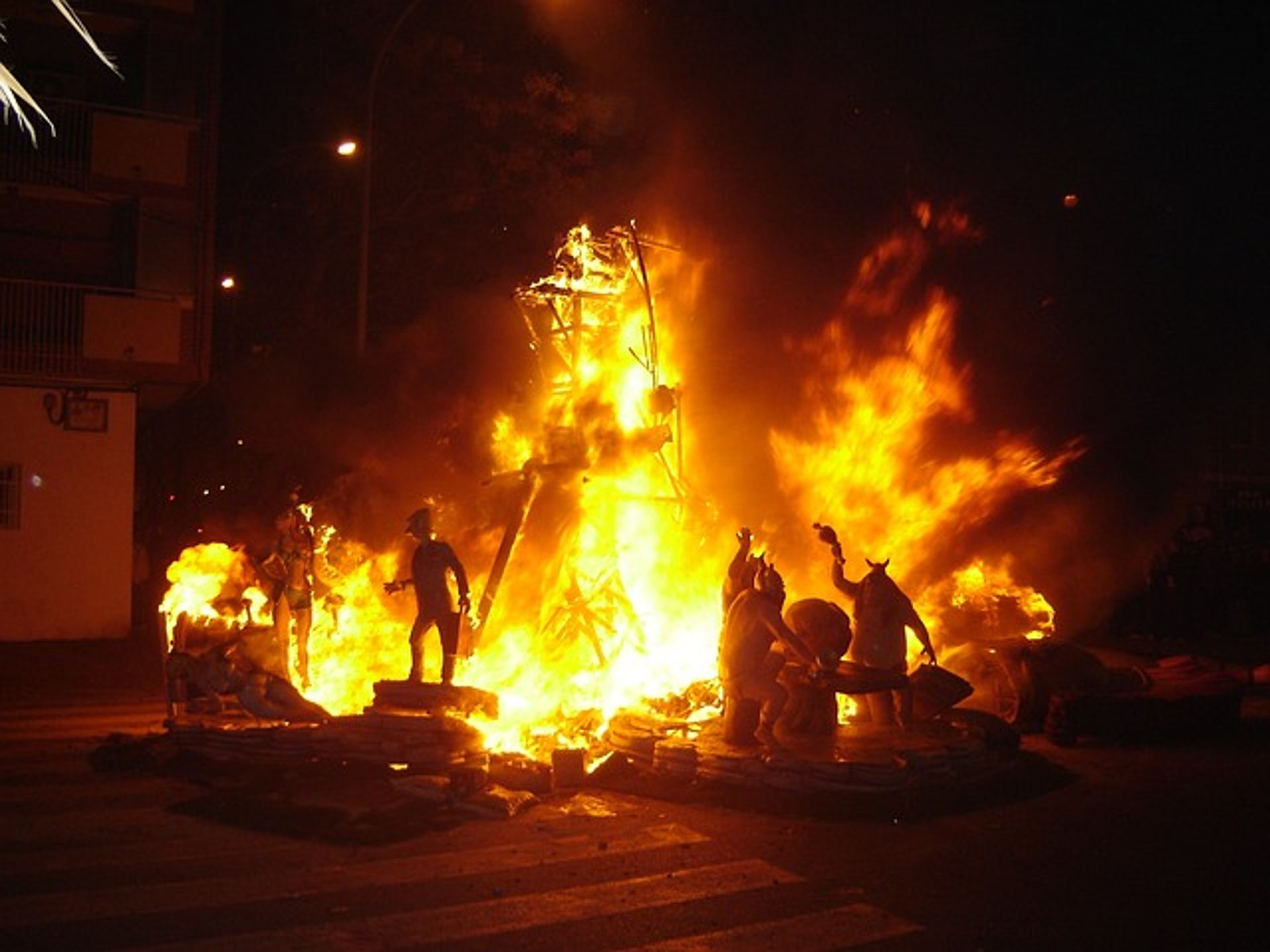
Las Fallas and Other Festivities in Valencia
Explore Valencia's Most Significant Festivals and Traditions through Exclusive Photography
The Festivals of Valencia: An Explosive Cocktail of Tradition and Joy.
Valencia, the city of Turia, is a melting pot of culture and tradition, with its festivals serving as a tangible testament to this rich heritage. Throughout the year, the city adorns itself to celebrate events ranging from the deeply religious to the most secular, each with its own unique essence and charm.
Las Fallas: A UNESCO World Heritage Celebration.
The Fallas of Valencia is an emblematic festival that masterfully combines tradition, satire, and art. During March, the city becomes a canvas for ephemeral monuments that critique political and social events. The celebration culminates on March 19th with the "Cremà," where these monuments are spectacularly burned, except for the pardoned "ninot" (figurine). Recognized as a UNESCO Intangible Cultural Heritage, Las Fallas embodies Valencian culture and identity.
The tradition of Las Fallas dates back to the 18th century when fire was used as an alert system against enemy attacks. The burning of the fallas on March 19th stems from a fortuitous event in 1873. Fire, symbolizing both life and death, is fundamental to this celebration that unites the community in ancestral rituals.Fallas Museum virtual tour.
A highlight of Las Fallas is the Flower Offering to the Virgin of the Forsaken in the Plaza de la Virgen. Thousands of people, dressed in traditional regional costumes, bring flowers as a show of devotion and respect. The Fallera Mayor and Fallera Infantil, chosen beforehand, play prominent roles in this event. The Fallera Mayor represents elegance and tradition, while the Fallera Infantil embodies the joy and freshness of youth. Both figures symbolize the beauty and grace characteristic of Valencia's Fallas.
Key Events of Las Fallas:
La Plantà: The climax arrives with the "plantà," when monuments are erected throughout the city streets.
La Cremà: The festival concludes as spectacularly as it begins with the "cremà," where the fallas burn in a magical night of fire.
La Mascletà: Daily, the city reverberates with impressive fireworks displays that echo through the Valencian sky.
Falleras and Falleros: The Protagonists of Las Fallas
Las Fallas would not be the same without the participation of falleras and falleros, men and women of all ages representing each falla commission. They wear regional costumes and participate in festive events, from the flower offering to the cremà.
• Attire: Falleras don exquisitely crafted regional dresses, while falleros wear simpler traditional suits.
• Representation: They serve as ambassadors for their commission and participate in all festive acts.
• Commitment: Dedication and effort are fundamental to being a fallera or fallero.
Valencia's Year-Round Festive Calendar
Valencia offers a comprehensive festive calendar throughout the year:
• October 9th: Day of the Valencian Community, filled with cultural acts and parades.
• Virgin of the Forsaken: The patron saint of Valencia is fervently venerated with numerous processions and religious acts.
• Saint Vincent the Martyr: Patron of the city, his feast day is celebrated with masses and processions.
• Maritime Holy Week: The Cabanyal district experiences a unique Holy Week, with maritime processions and traditional acts.
• Corpus Christi: Streets are adorned with flower carpets, and a solemn procession takes place.
The Dance of La Mangrana in Corpus Christi.
In Valencia city, the tradition dictates that adult men perform the Dance of La Mangrana. It's a version of the typical ribbon dance around a pole, originating in the Baroque period. It's called the Mangrana dance due to the large wooden pomegranate (mangrana) placed at the top of the pole where the ribbons are tied. At the dance's conclusion, the pomegranate opens into sections, revealing a figure of the monstrance before which the dancers kneel. This religious dance symbolizes the submission of Jewish non-believers to the Eucharist.
The Battle of Flowers is one of the most emblematic and colorful events of Valencia's July Festivities, also known as the Gran Fira de València. Held on the last Sunday of July, this event has become a tradition that embodies the festive essence and community spirit of Valencians.
Origin of the Battle of Flowers:
The Battle of Flowers dates back to 1891, during a period of cultural and social splendor in Valencia. The bourgeoisie promoted festive events to consolidate the city's identity and attract tourists. Inspired by similar traditions in Europe, such as the flower battles in Nice, France, Valencians imbued it with their own character and style.
Development of the Battle of Flowers:
The event is essentially a parade featuring floats decorated with thousands of flowers. Young women in traditional Valencian dresses and adorned with mantillas occupy these floats, which traverse the Paseo de la Alameda in the heart of Valencia, accompanied by festive music bands.
The climax occurs when the actual "battle" begins. Participants on the floats throw flowers, mainly carnations, to the crowd lining the sidewalks. The public, armed with small wicker "rackets," returns the flowers, creating a constant and festive exchange of petals. This act symbolizes peace and fraternity, celebrating the beauty and abundance of Valencia's nature.
Route and Organization:
The traditional setting is the Paseo de la Alameda, a tree-lined avenue on the right bank of the old Turia riverbed. Before the battle, various activities and parades take place, including the presentation of the participating floats. These floats, the center of attention, are carefully designed and decorated by local floral artists who spend weeks preparing these ephemeral but impressive vehicles.
Evolution and Current Significance:
Over more than a century, the Battle of Flowers has evolved while maintaining its essence. It has become a symbol of Valencia's cultural identity, representing the joy, creativity, and sense of community that characterizes Valencians. The event also has a significant economic impact, attracting thousands who enjoy not only the battle itself but also the surrounding cultural and gastronomic offerings.
Why Visit Valencia During Festivals?
Valencia during festivals offers a unique experience combining tradition, art, gastronomy, and abundant fun. To fully immerse yourself in Valencian culture and create unforgettable memories, consider visiting the city during one of its celebrations.
Tips for Maximizing Your Festival Experience:
Book accommodation in advance, especially during Las Fallas.
Wear comfortable footwear, as festivals involve considerable walking.
Protect yourself from the sun, particularly in spring and summer when it can be intense.
Indulge in the local cuisine: Try paella, buñuelos, and other local delicacies."
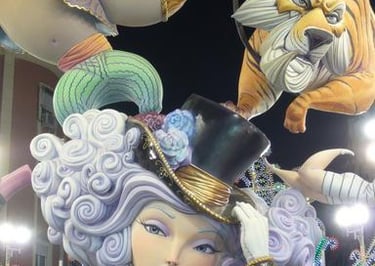








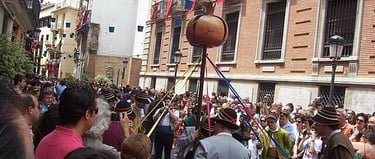
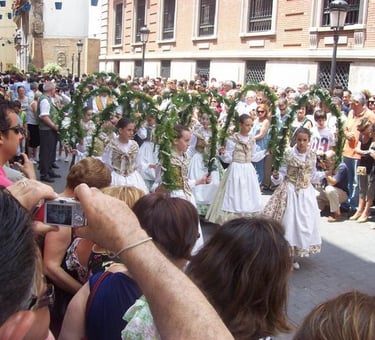


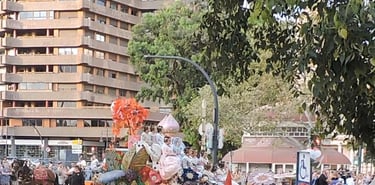


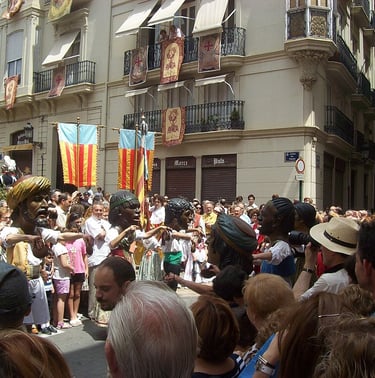

Las Fallas: Valencia's Grand Festival
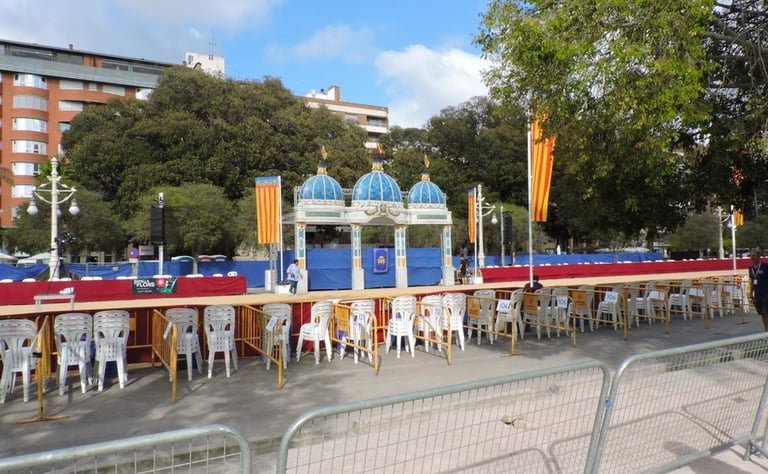

The Battle of Flowers: A Vibrant Tradition.
Find All the Fun and Entertainment in Valencia
© 2024. All rights reserved valenciadivertida.es
